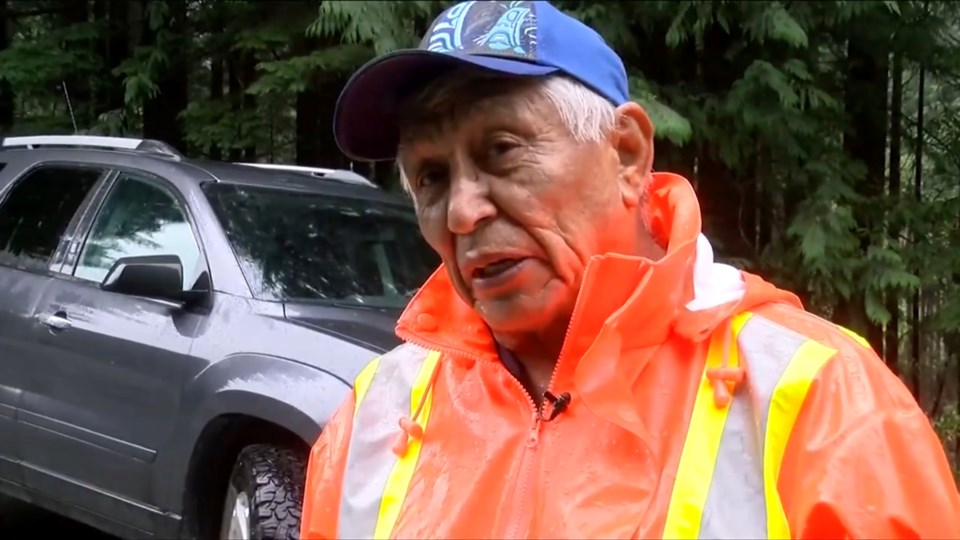Understanding the land and the will of the people and establishing a strong relationship with the big players in the forest industry are key elements to establishing any First Nation as an equal player in the industry, according to the chief of a Vancouver Island First Nation that is already doing it.
Robert Dennis, elected chief of the Huu-ay-aht First Nation, told the B.C. First Nations Forestry Conference that becoming a full partner in the industry and controlling the fate of its territory doesn’t happen by accident.
“It was a slow, calculated and strategic approach to getting to where we would be in control of our territory and a partner in the management of forestry in that territory,” Dennis told the virtual conference, which has been focused on how to change the way First Nations are involved in the industry.
The conference follows the province’s pledge to modernize forest policy and in that process ensure First Nations have better access to timber and more control of their forests, and are part of the decision-making process.
The Huu-ay-aht First Nation has already set something of a road map for others to follow.
Dennis pointed out the Alberni Valley-based nation made a conscious decision in the late 1990s to take control.
In 1995, the Huu-ay-aht had no forest tenure and no forestry department and only two of its citizens were working in the industry.
After establishing its own forestry department, undertaking a land-use plan so it better understood its territory and the opportunity it offered, the nation now boasts its own company, HFN Forestry LP, shared or exclusive tenure of 72,000 hectares and a log sorting yard.
It currently has a 35 per cent stake in tree farm licence 44 along with Western Forest Products and plans to own 51 per cent of that licence by 2023.
“It means making decisions on forestry operations in our territory,” said Dennis. “We are the ones making the decisions and that to me is a very good place to be. Our citizens and hereditary leaders are guiding our future.”
Dennis said essential steps along the way have included consultation with the nation’s leaders and citizens to determine what they want and establishing guiding principles, which he noted tend to exceed provincial standards.
He noted doing the land-use plan back in 1997 was key to understanding what they had.
Dennis also pointed out that establishing a strong working relationship with the tenure holders in the area – in this case, Western — was essential.
Dennis said the partnership allows both sides to get what they want. “Western has needed us and vice versa — we have needed them,” he said.
But the bottom line, as far as Dennis is concerned, is that the Huu-ay-aht have been in the driver’s seat, based on their values.
That will guide them through the next steps of development, he said, as they work on government-to-government agreements and creating a sustainable resource management.
“We really believe we can manage a forest to the benefit of everyone and we can work co-operatively with industry and work co-operatively with government to make that happen,” he said. “The most important thing is we’re doing it the way Huu-ay-aht want it managed.”
aduffy@timescolonist.com



